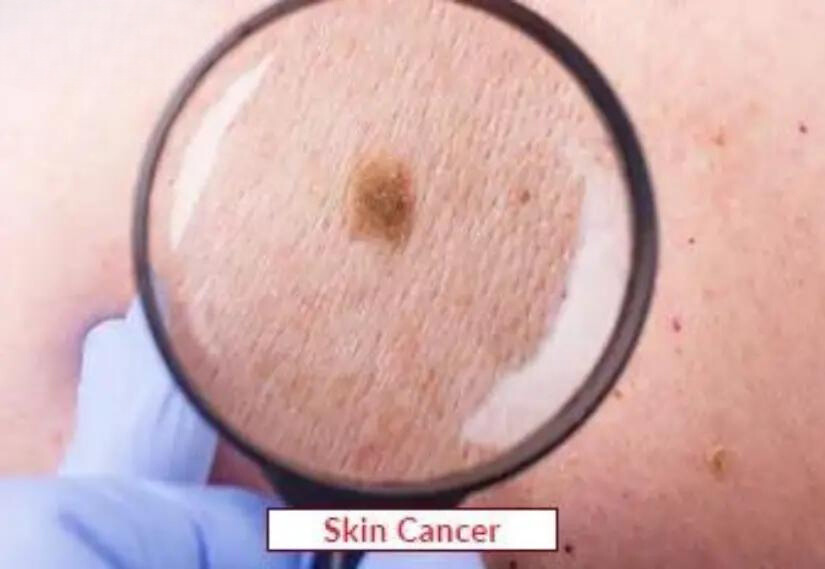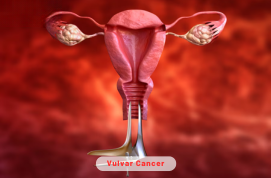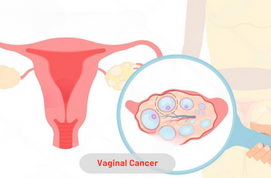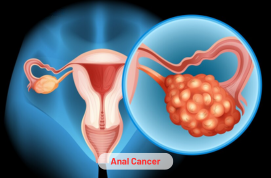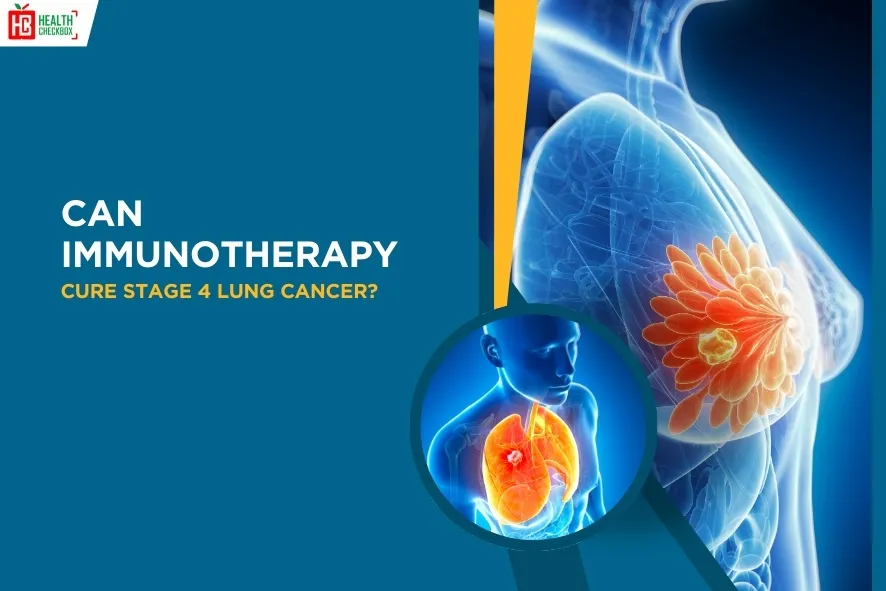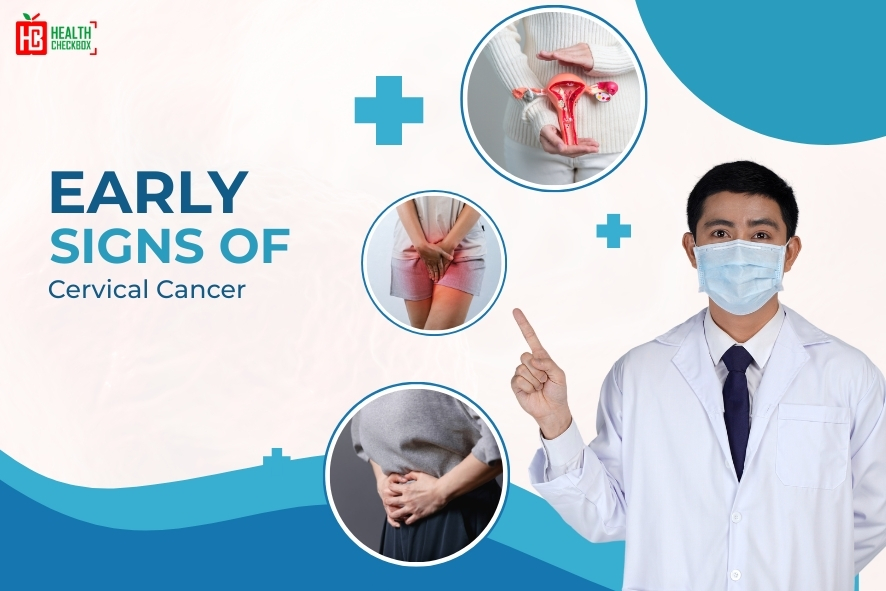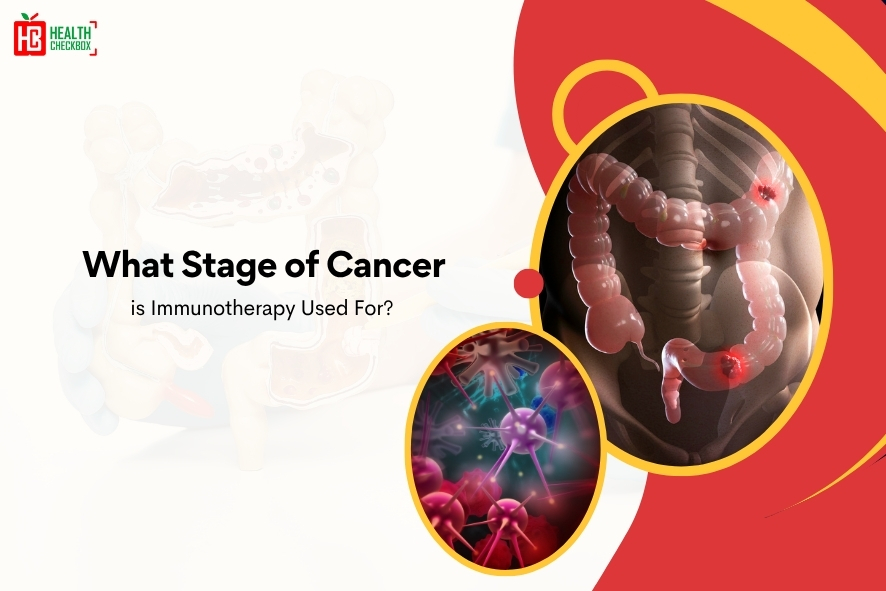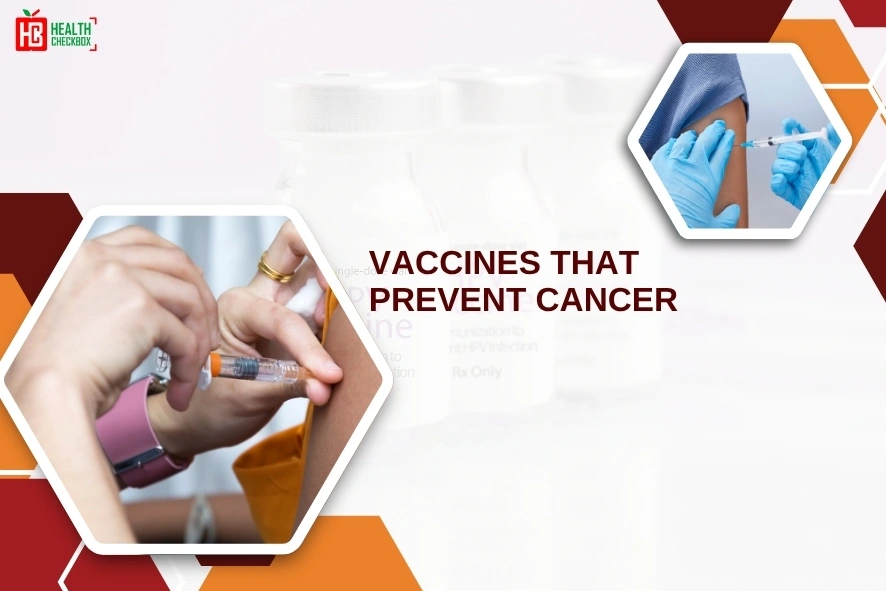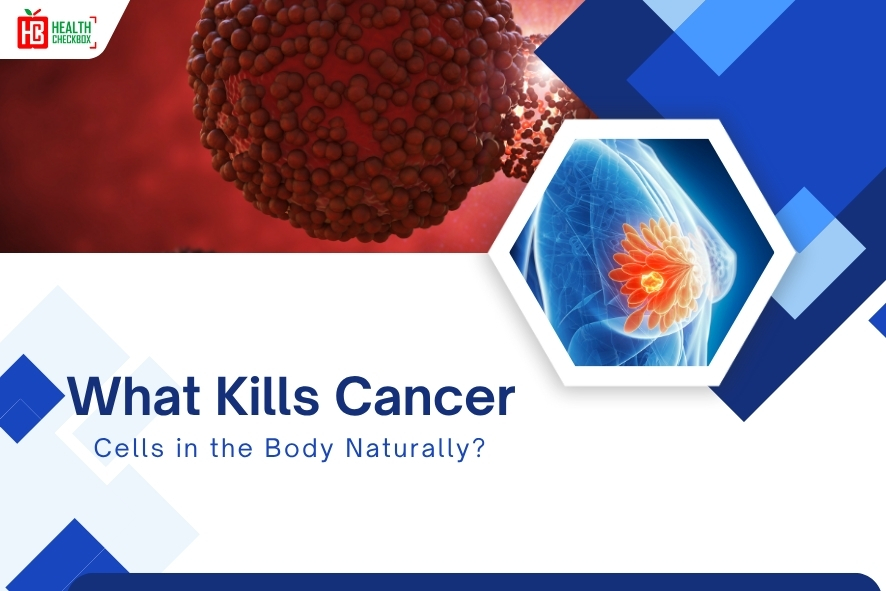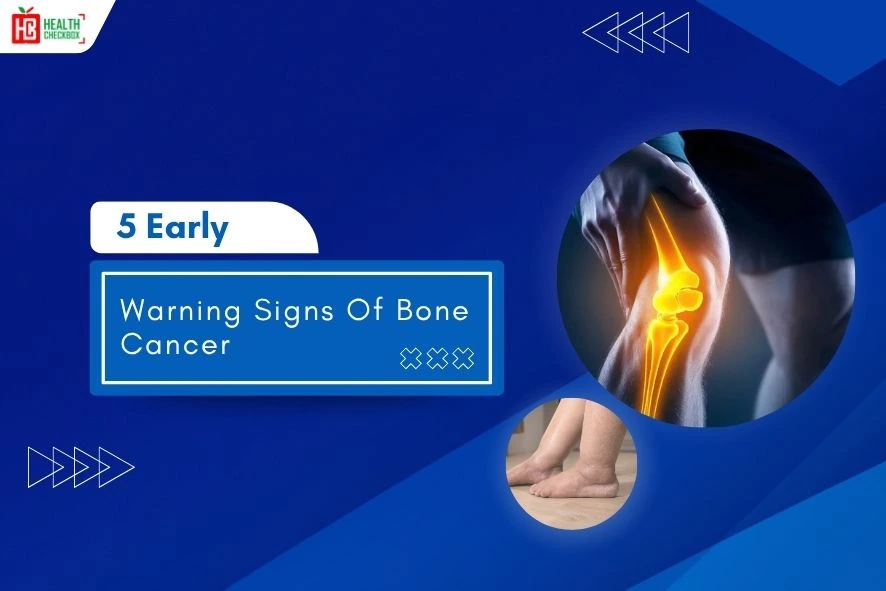A form of cancer that develops in cells and tissues of the skin due to abnormal cells, which grow over limits. It is the most visible cancer; data in statistics shows that more than 1.5 million new cases were diagnosed in 2022, and that is why people are searching for the best skin cancer treatment. This unchecked growth of aberrant cells normally develops when the human skin is exposed to unreasonable limits of the ultraviolet radiation from the sun or use of tanning beds in excess.
By limiting your exposure to solar radiation, you are less likely to acquire this cancer. For achieving better and quicker results an effective and systematic treatment is necessary so that the individuals recover as soon as possible. With rapid advancement in medical science, the patients are bound to find resilience and a ray of hope with the suitable skin care treatments.
Types of Skin Cancer
The skin cancer types are differentiated into three parts mainly:
- Basal Cell Carcinoma (BCC): It accounts for almost 80% of skin cancers and more commonly infests the basal cells of the epidermis (outermost layer of skin).
- Squamous Cell Carcinoma (SCC): Squamous cell carcinoma treatment of the skin is treated according to the patient’s risk of recurrence, which may be determined in turn by the size and location of the tumor and other aspects of the microscopic appearance of the cancer cells, among other things. Second most common type of skin cancer and up to 15 % skin cancer cases can be traced to this cancer condition. This persists in the outermost layer of your skin’s squamous cells. A prominent red nodule, scaly patch that can bleed or likely to evolve into an open wound. squamous cell carcinoma treatment
- Melanoma: Most potent type of skin cancer that accounts only for a small number of cases. It is developed in melanocytes, the cells that produce melanin-the pigment responsible for skin and hair color. As this has a tendency to rapidly spread to other body parts, so this is the most risky type of skin cancer.
Causes of Skin Cancer
When a person is exposed to the solar radiation, it is very likely that he or she may get sunburn. The ultraviolet rays of the sun act negatively on the human skin and result in the growth of aberrant cells. The aberrant cell’s rapid and uncontrolled growth forms a mass of cancer cells. A person’s allergy and contact with specific substances, such as coal and tar, can be another cause of skin cancer.
- Overexposure to the sun
- Use of excess tanning beds
- A weak immune system
- People who have a fair skin, eyes are light-colored, blond or red hair
- Family history of sunburn and skin cancer
- Inherited syndrome
- Exposure to arsenic or other dangerous substances
- Age and gender
- Those who have had an organ transplant
- Have many moles or the moles are of irregular shapes.
Common Symptoms of Skin Cancer
- New or uncontrolled growth
- Skin lesion or patch that is not normally
- Oozing or bleeding from a skin lesion, i.e., a bump, sore or discoloration.
- Scabbing or ulceration
- Swelling or thickness
- Inflammation or redness
Early Signs of Skin Cancer
- Uneven colors or multiple colors
- A mole that changes in shape, size, color, or that sheds blood.
- Sore or wound takes more than normal time to heal and often reverts back.
- A waxy bump on your face, neck, or ears.
Skin Cancer Treatment and Diagnosis
- Biopsy: A medical procedure where a sample of skin for cancer is removed for laboratory testing. The biopsy will make sure if you have skin cancer and what type it is.
- Complete Body Check-up: Your doctor may tell you to go for an entire body examination for susceptible wounds.
- Imaging Tests to see if cancer is present in surrounding lymph nodes may be useful for further testing.
Your healthcare professional may recommend any one of the following skin cancer treatment:
Surgical Excision
- One of the common methods to treat skin cancer mainly for BCC and SCC.
- The surgeon will pull off the malignant tissue and also the nearby healthy tissue for total removal.
- The removed tissue from the body will be sent to the nearest laboratory and examined to check that all the cancerous cells are removed completely.
- This operation can be completed in a day where local anesthesia is made use of.
Mohs Surgery
- A surgery that involves precision and is used for BCC, SCC, and some cases of melanoma cancer treatment where the cancer is large or situated in a typical region like the face, eyelids, forehead, fingers or genital areas. Your doctor will pull off only the tissue that has cancer cells and try to save the nearby normal tissues as much as possible.
Electrodesiccation and Curettage (EDC)
- Primary used for treating basal cell, squamous cell cancers and precancerous skin tumors.
- With a curette the cancerous tissue is got rid of and later an electric current is made use of to destroy any remaining cancerous cells.
Radiation therapy
- Your radiation doctor (oncologist) may perform radiation, i.e. strong beams of energy to kill cancerous cells from growing. Where surgery is hard to perform or in places where normal surgery cannot be done. High energy X-rays are utilized to target areas and destroy the cancer cells.
Chemotherapy
- Used rarely and can be considered for metastatic melanoma cancer treatment. Anti cancer medicines are employed to get rid of the cancer cells.
- Topical chemotherapy includes a cream that is applied to the infected cancer part of the body and is limited to the top layer of skin. This treatment usually lasts for 3 to 4 weeks.
Cryotherapy
- Freezing of the cancer cells is carried out here with the help of liquid nitrogen, which results in the deadly cells softening and gradually getting rid of. Commonly employed in per-cancerous wounds and for initial stages of cancer.
Latest Health Tips
Can Immunotherapy Cure Stage 4 Lung Cancer?
Early Signs of Cervical Cancer
Foods that Kill Cancer: Leafy Vegetables, Grains, & More
What Stage of Cancer is Immunotherapy Used For?
Which is Worse for Cancer, Sugar or Alcohol?
Vaccines That Prevent Cancer
What Kills Cancer Cells in the Body Naturally?
Early Warning Signs of Bone Cancer
Submit Your Enquiry
Testimonials








